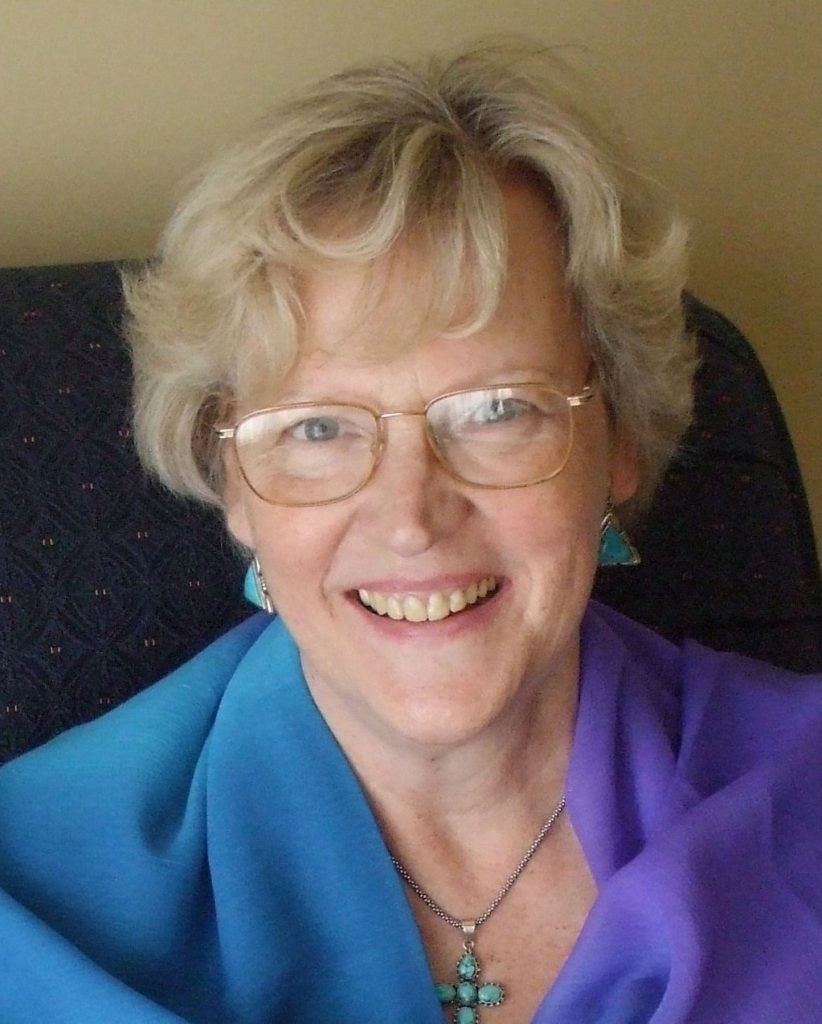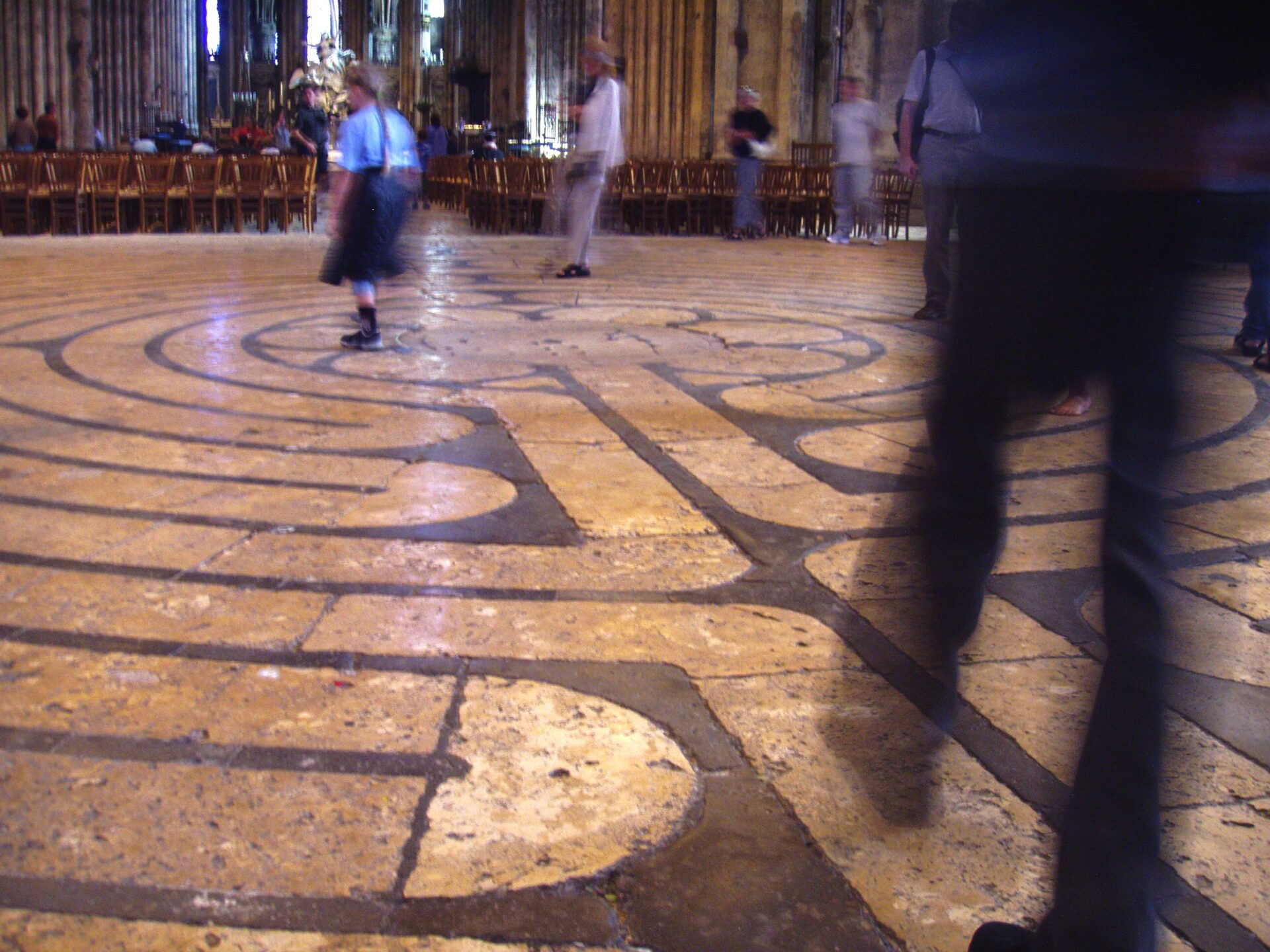Speaking to the Little Prince about love and life, the Fox says:
And now here is my secret, a very simple secret.
It is only with the heart that one can see rightly;
What is essential is invisible to the eye.
(Antoine the Saint Exupery (1900- 1944) The little Prince)
We find this emphasis on the heart by this famous French writer repeated throughout the millennia by Christian mystics, but even in ordinary language we talk about ‘Have a heart’ (be open and compassionate); doing something from the heart (expressing one’s deepest intuitive feelings) – to name just a few expressions.
To the Desert Fathers true prayer was ‘prayer of the heart’, as the quote of Makarios (300- 391 CE) in the title shows. He was one of the most esteemed Desert Fathers and one of the important teachers of Evagrius and to him is also attributed the saying: “Surrender all mental images…bring the mind into the heart…the still point where God and man dwell in silent self-surrender and giving love.” It is easy to see here the influence of the Desert Fathers on John Main. The Greek Orthodox tradition also goes back to the teaching of the Desert Fathers and Mothers – with Evagrius highly revered. Both traditions stressed the repetition of a phrase in prayer – in their case the ‘Jesus Prayer’. St Gregory of Sinai shows their guiding principle: “Collect your mind into your heart and send out then your mental cry to our Lord Jesus, calling for his help and saying: ‘Lord Jesus Christ have mercy on me’. Not dissimilar from our tradition of repeating ‘Maranatha’ – calling on Jesus the Christ to come and help us.
Dr Shanida Nataraja’s explanation of the effect of meditation on the brain is relevant here: by paying one-pointed attention we switch from left hemisphere perception of reality with its rational logical thinking – the mind – to the right hemisphere perception with its intuitive, empathic, inclusive, interconnected view of reality – the heart. Thus we move from ego-centred to other centred perception and behaviour. But as is said in the Philokalia ‘bring the mind into the heart and leave it there’. We need both hemispheres to see and ‘know’ the whole of reality.
The heart is the intuitive centre of our being, where we are aware of our true self and our relation to God, resulting in love for God, self and others. Mother Teresa explained this beautifully: “Let Him empty and transform you and afterwards fill the chalice of your hearts to the brim that you in turn may give of your abundance.”
Thomas Merton explains this as follows: “The whole idea of compassion is based on a keen awareness of the interdependence of all living beings, which are all part of one another and involved in one another.”
When we listen to the words of the mystics we are not hearing a theological theory but words welling forth out of their own experience of the Divine Love.
Rumi, the greatest mystical poet of the Sufi tradition, gave the world a glimpse of his vision of Divine Love through his poetry: ‘The shrine in the hearts of the saints, it is there that everyone bows down, it is there that God dwells’ and ‘Without love no-one is entitled to enter into the presence of the Beloved.’
The same experience is expressed in St John: ‘God is love; he who dwells in love is dwelling in God and God in him.’ (1John 4:16)
This transformation from the mind to the heart perception of reality, to which meditation/prayer leads is not an outcome of occasional meditation. This awareness of the Divine indwelling of Love grows only by faithful regular daily meditation/prayer.
Prayer is the artistic activity of the heart
We find this emphasis on the heart by this famous French writer repeated throughout the millennia by Christian mystics, but even in ordinary language we talk about ‘Have a heart’ (be open and compassionate)

Join Our Weekly Teaching Mailing List
Receive Weekly Teachings in your inbox with WCCM Weekly News.
-
Related Posts




